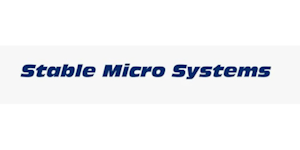
SMS
Ekstruderingscelle, Forward Extrusion,
What is an extrusion test?
There are generally two types of extrusion test in texture analysis: backward (or back) and forward. Of the various extrusion techniques the one favoured in recent years is back extrusion. The sample is contained in a strong cell with a solid base and an open top. A rod with a disc is then forced down into the container until the food flows up (backwards) through the space between the disc and the container walls which is called the annulus.
In forward extrusion, the sample is also placed in a container with an open top. However the base of the container accommodates a disc containing a central hole (or annulus) of varying diameter, chosen depending upon the consistency of the sample. The tightly fitting plunger which acts almost like a piston compresses the sample and causes forward flow through the annulus of the disc. Forward extrusion is suitable for the testing of viscous liquids and sauces, gels, pastes, processed fruit and vegetables but is only suited to products that are homogeneous i.e. without particulates.
One reason that the back extrusion technique is more popular compared to forward extrusion is that you need not perform this test in the containers which are provided by Stable Micro Systems. In many situations it may be disadvantageous to decant your sample from one container into the provided back extrusion containers due to disruption of the sample structure, i.e. breakage of any gel structure during decanting is almost inevitable. In this case, using the same procedure and extrusion discs, you may choose to test your sample in the container in which it was originally deposited or formed. This is certainly acceptable so long as you always test within the same size container, in order to make a comparison.
,

